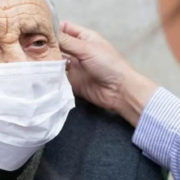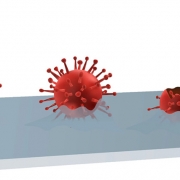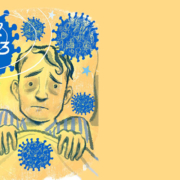No particular risk of infection of Sar-Cov-2 from cash
Fear of contagion is driving much more contactless payments during the pandemic. It wouldn’t be necessary.
How long do coronaviruses remain infectious on banknotes and coins? Is it possible to become infected through contact with cash? Experts at the European Central Bank, in collaboration with the Department of Medical and Molecular Virology at Ruhr-Universität Bochum, wanted to clarify this question. The researchers led by Professor Eike Steinmann and Dr. Daniel Todt developed a method specifically to test how many infectious virus particles can be transferred from cash to the skin in real-life conditions. Conclusion: under realistic conditions, the risk of contracting Sars-Cov-2 from cash is very low. The study has been published in the journal iScience.
Viruses on banknotes and coins
To find out how long Sars-Cov-2 persists on coins and banknotes, the researchers treated various euro coins and banknotes with virus solutions of different concentrations and over several days observed how long infectious virus was still detectable. A stainless-steel surface served as a control in each case. The results are reassuring: while infectious virus was still present on the stainless-steel surface after seven days, on the 10-euro banknote, it took only three days to completely disappear. For the 10-cent, 1-euro, and 5-cent coins after six days, two days and one hour, respectively, no infectious virus was detectable. “The rapid decline on the 5-cent piece is because it’s made of copper, on which viruses are known to be less stable,” explains Daniel Todt.
Release date: 29 July 2021
Source: Ruhr-University Bochum









